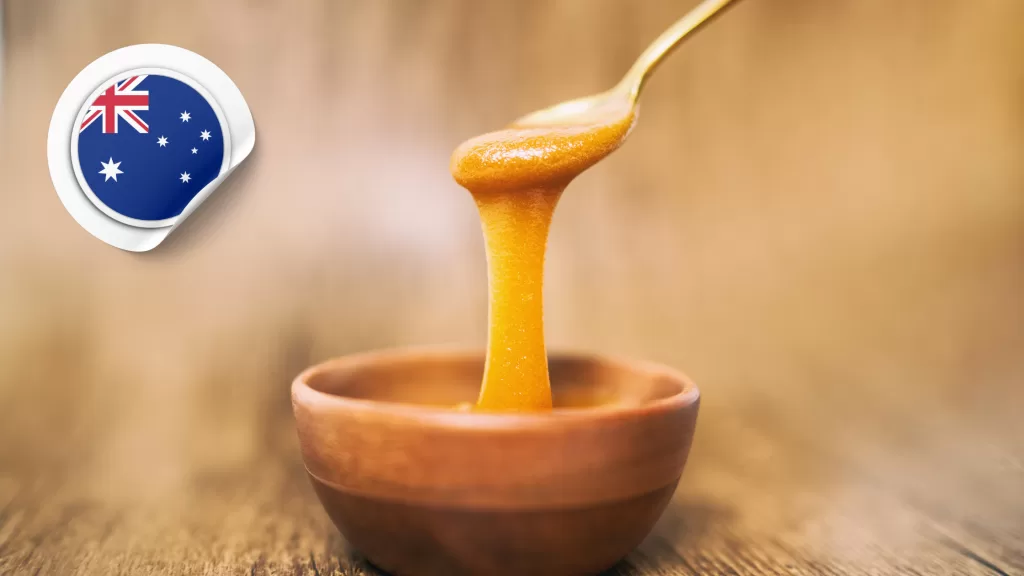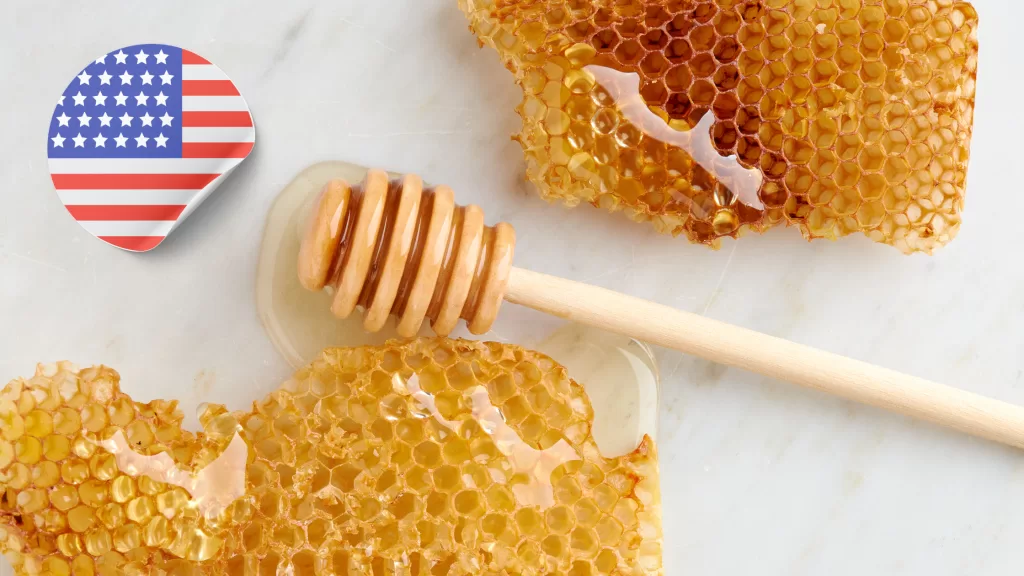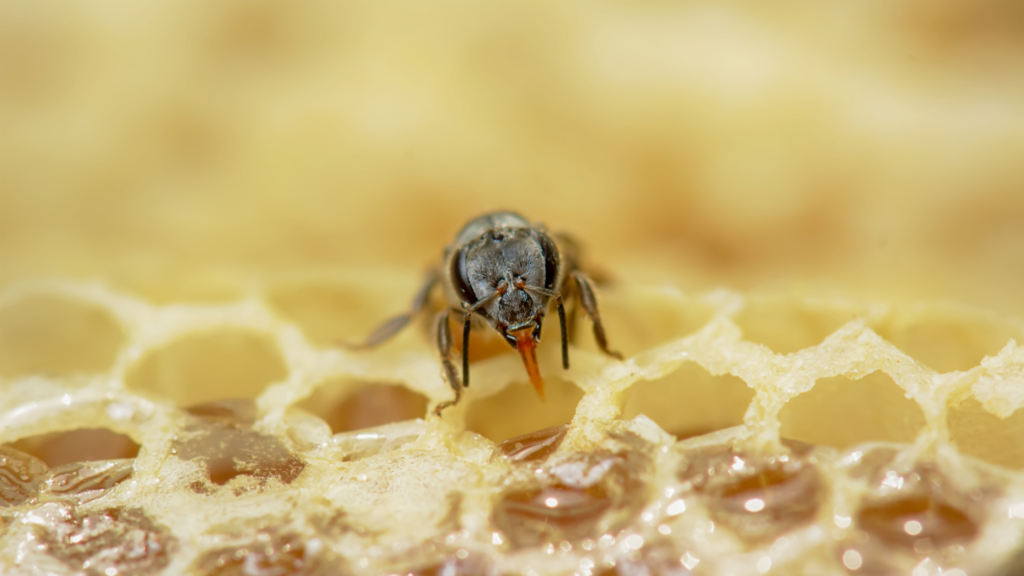Beekeeping Glossary
Beekeeping Glossary: Understanding Common Beekeeping Terms and Jargon
Beekeeping is a rewarding and fascinating hobby that requires a basic understanding of the terminology and jargon used in the field. Whether you are a beginner beekeeper or simply interested in learning more about bees, this comprehensive glossary will provide you with definitions and explanations of common beekeeping terms. By familiarizing yourself with these terms, you will gain a better understanding of the intricacies of beekeeping and be better equipped to communicate with other beekeepers.
Beekeeping Glossary:
An apiary is a location where beehives are kept and managed. It is also referred to as a bee yard or bee farm.
A hive is a structure or container where bees live and store their honey. It consists of boxes or supers that contain frames where bees build their comb.
The queen bee is the adult female bee responsible for laying eggs and maintaining the population of the colony. She is larger than worker bees and has a longer lifespan.
Worker bees are female bees that perform various tasks within the hive, such as foraging for nectar and pollen, nursing the brood, building and maintaining the comb, and defending the hive. They make up the majority of the colony’s population.
Drones are male bees whose primary function is to mate with a queen from another colony. They do not have stingers and do not participate in other tasks within the hive.
Comb refers to the hexagonal structures made of beeswax that bees construct to store honey, raise brood (larvae), and store pollen.
Frames are rectangular or square structures that fit inside the hive boxes. Bees build their comb on these frames, allowing beekeepers to easily inspect and manage the hive.
Foundation is a sheet of beeswax or plastic that is placed in the frame to guide bees in building their comb.
A beekeeper’s suit is a protective clothing ensemble worn by beekeepers to shield themselves from bee stings. It typically includes a hat with a veil, a beekeeping jacket or suit, gloves, and sometimes beekeeping boots.
A smoker is a device used by beekeepers to produce cool smoke. It is used to calm bees during hive inspections by mimicking the natural response of bees to a forest fire, which causes them to gorge on honey and become less defensive.
A honey extractor is a mechanical device used to extract honey from the honeycomb. It works by centrifugal force, spinning the frames to remove the honey without destroying the comb.
A pollen trap is a device placed at the entrance of the hive to collect pollen from bees’ hind legs. It allows beekeepers to gather pollen for various purposes, such as dietary supplements or selling to other beekeepers.
Supers are additional boxes placed on top of the brood box or hive body. They provide extra space for bees to store surplus honey.
A swarm is a natural process where a portion of the colony, including the queen, leaves the hive to establish a new colony. Swarming typically occurs when a hive becomes crowded.
Nectar is a sweet liquid secreted by flowers that bees collect and transform into honey. Bees forage for nectar as a source of carbohydrates and energy.
Propolis is a resinous substance collected by bees from tree buds and sap. They use it to seal small gaps and crevices in the hive, providing insulation and protection against pests and diseases.
Varroa mites are external parasites that infest honey bee colonies. They feed on bee hemolymph and can weaken and transmit diseases to the bees.
Bee space refers to the optimal spacing between hive components, frames, and other structures within the hive. It allows bees to move and work efficiently without building excessive comb or propolizing everything together.
This beekeeping glossary provides a foundation of knowledge for understanding common terms and jargon used in beekeeping. As you explore the world of beekeeping, you will encounter many additional terms specific to different aspects of the practice. By familiarizing yourself with these terms, you will enhance your understanding of beekeeping concepts and be better prepared to engage in discussions and communicate with fellow beekeepers.
More From The Hive:

A Comprehensive Guide to Australian Honey: Types, Production, and Benefits
Australia is home to some of the world’s finest honey, known for its unique flavors, exceptional quality, and health benefits. Thanks to its diverse flora and pristine natural environment, Australia produces honey that reflects the rich biodiversity of its landscapes. Whether it’s the famous Manuka honey from the Leptospermum trees

An In-Depth Guide to Honey in the United States of America (USA): Types, Production, and Benefits
Honey, one of nature’s sweetest treasures, has been an integral part of human diets and cultures for thousands of years. In the United States of America (USA), honey production is not only a thriving industry but also a testament to the country’s diverse ecosystems. From the tropical blossoms of Florida

The Small Honey Bee (Apis florea): A Comprehensive Guide to One of Nature’s Tiny Pollinators
The Small Honey Bee, scientifically known as Apis florea, is one of the lesser-known species of honey bees, yet it plays a vital role in the ecosystems of Asia and parts of the Middle East. Despite its size, the Apis florea bee is a remarkable pollinator, and its unique biology

Exploring the Sweet Diversity of Canadian Honey: A Guide to Types and Flavors
Canada is home to a rich tapestry of landscapes and climates, each contributing to the unique flavors and types of honey produced across the country. From the prairies of Alberta to the forests of British Columbia, Canadian honey reflects the diverse flora that bees visit. In this blog, we will

The Rock Honey Bee (Apis laboriosa): Guardians of the Himalayan Honey
The Rock Honey Bee (Apis laboriosa) is an awe-inspiring species that thrives in the rugged landscapes of the Himalayas, where it builds massive nests on vertical cliffs. Known for producing highly prized wild honey and for its ability to endure extreme mountain conditions, this bee species has captivated researchers, beekeepers,

The Giant Honey Bee (Apis dorsata): Nature’s Fearless Honey Maker
The Giant Honey Bee, scientifically known as Apis dorsata, is a remarkable species native to South and Southeast Asia. Known for its impressive size, bold temperament, and incredible honey-producing capabilities, this bee plays a crucial role in the ecosystem and supports human livelihoods. Despite its importance, the Giant Honey Bee
